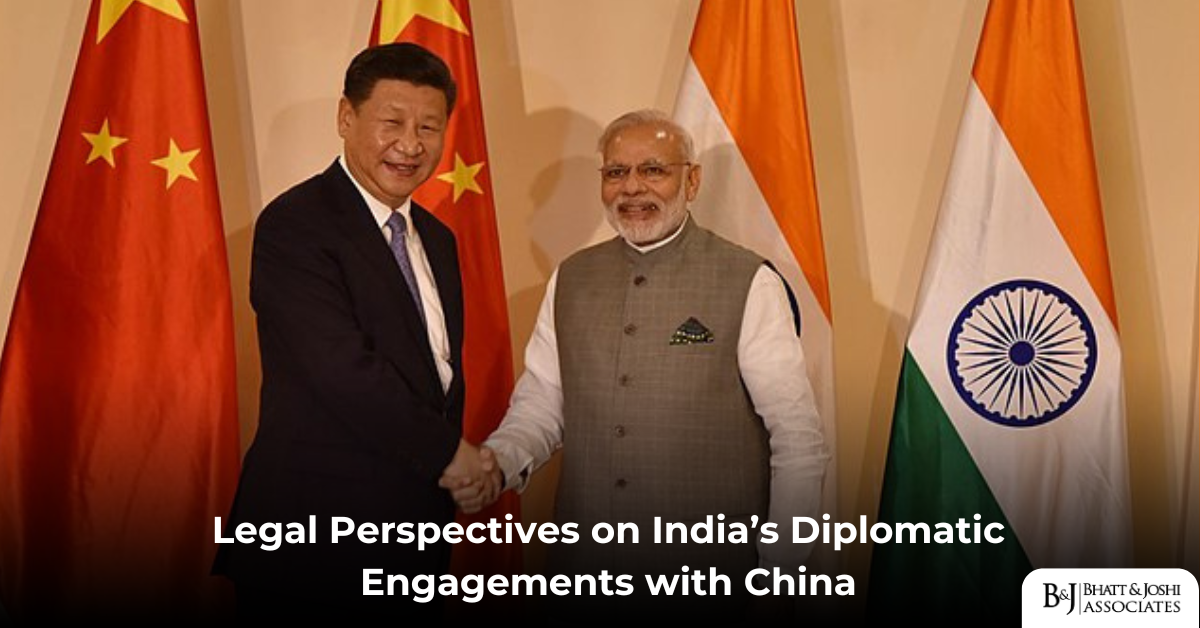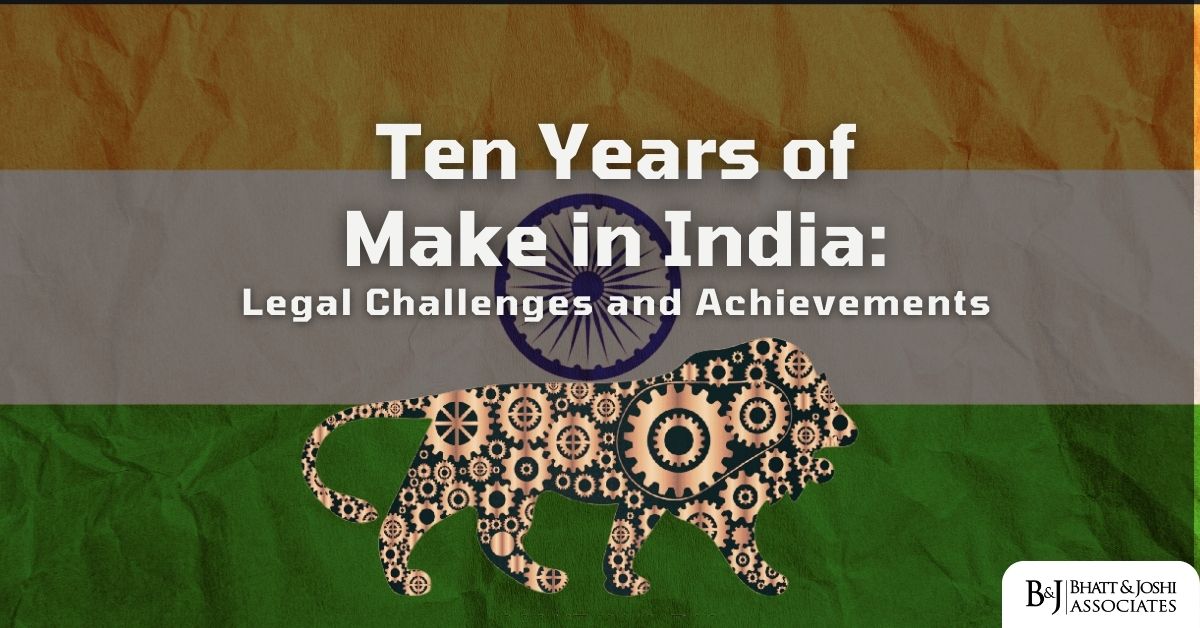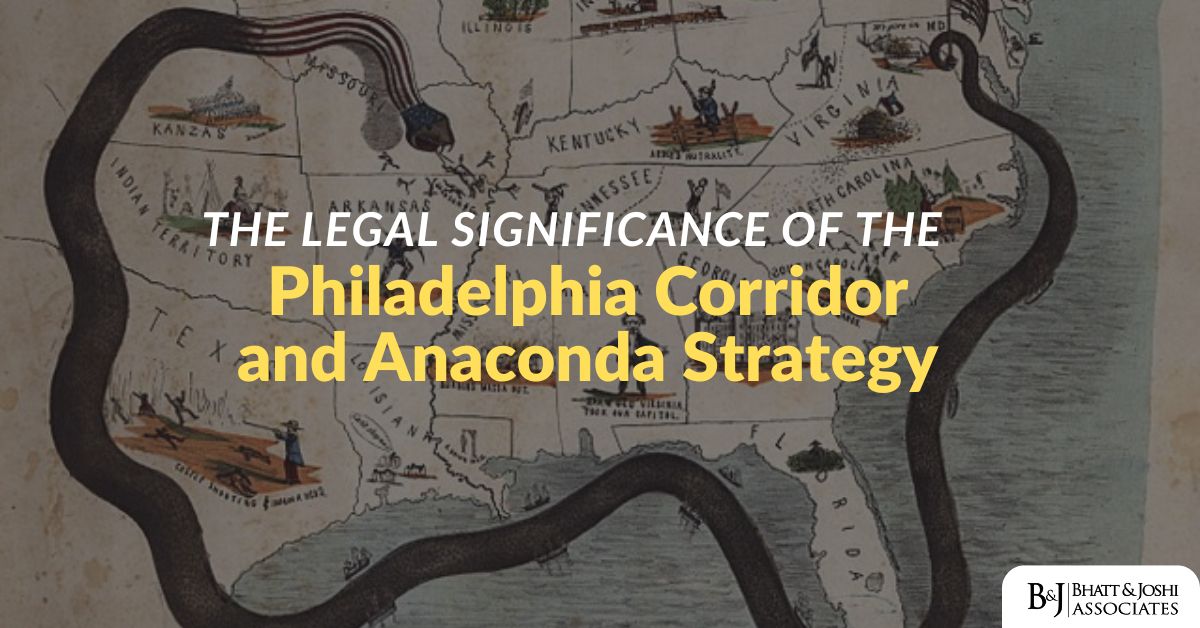Introduction
India and China, two of the world’s largest nations in terms of population and economic potential, share a dynamic and multifaceted relationship shaped by history, geography, and geopolitical aspirations. Their interactions have spanned centuries, from ancient cultural and trade exchanges to complex modern diplomatic ties. These interactions are governed by a myriad of legal frameworks at the domestic, bilateral, and international levels. This article delves deeply into the legal perspectives surrounding Legal Perspectives on India-China diplomatic engagements, exploring the regulations, treaties, case laws, and judicial interpretations that underpin these relations. By examining key incidents, agreements, and disputes, it aims to highlight how legal principles and institutions influence the broader geopolitical landscape between the two nations.
Historical Context of India-China Diplomatic Relations
India-China relations date back to ancient times, with cultural exchanges, such as the spread of Buddhism from India to China, playing a significant role in shaping mutual perceptions. The Silk Road facilitated trade and fostered connectivity between the two civilizations. However, the modern era brought formalized interactions shaped by the emergence of nation-states. After India gained independence in 1947 and the People’s Republic of China (PRC) was established in 1949, the two nations sought to forge new diplomatic pathways.
One of the earliest milestones in modern India-China relations was the signing of the Panchsheel Agreement in 1954. This agreement outlined five principles of peaceful coexistence, emphasizing mutual respect for sovereignty, non-aggression, and non-interference in internal affairs. Despite this early optimism, relations deteriorated due to unresolved border disputes, culminating in the Sino-Indian War of 1962. The war exposed the fragility of their diplomatic and legal frameworks, leaving a legacy of mistrust that continues to influence bilateral relations.
Legal Framework Governing India-China Diplomatic Engagements
The India-China diplomatic engagements are governed by a combination of international law, bilateral treaties, and domestic legal provisions. These frameworks provide the basis for addressing both cooperative initiatives and contentious issues.
International Law
India and China are signatories to key international treaties, including the United Nations Charter, which enshrines principles of sovereign equality, non-intervention, and peaceful resolution of disputes. The Vienna Convention on Diplomatic Relations (1961) plays a crucial role in regulating diplomatic missions, ensuring immunity and privileges for diplomats, and protecting embassies.
The principles of international customary law also shape interactions between the two nations. Concepts such as pacta sunt servanda (agreements must be kept) and uti possidetis juris (respect for territorial boundaries) have been invoked in diplomatic negotiations, particularly in the context of border disputes.
A series of bilateral agreements underpin India-China relations, addressing various dimensions of their interactions:
- Panchsheel Agreement (1954): This foundational treaty emphasized peaceful coexistence, laying the groundwork for subsequent engagements.
- Agreement on the Maintenance of Peace and Tranquility Along the Line of Actual Control (LAC) (1993): This agreement sought to manage border tensions by committing both nations to resolve disputes through dialogue and consultations.
- Agreement on Confidence-Building Measures in the Military Field Along the LAC (1996): This treaty aimed to reduce military tensions by regulating troop deployments and prohibiting provocative activities.
- Border Defense Cooperation Agreement (BDCA) (2013): This agreement introduced mechanisms for immediate communication during border incidents and established protocols for joint military exercises.
Despite these agreements, persistent violations and differing interpretations of the LAC have hindered their effectiveness.
Domestic Legal Frameworks in India-China Relations
India’s domestic legal framework plays a critical role in shaping its diplomatic engagements with China. Article 253 of the Indian Constitution empowers Parliament to enact laws for implementing international treaties and agreements. Additionally, the Foreigners Act, 1946, and the Passports Act, 1967, regulate cross-border movements and interactions, often in response to security concerns.
China’s domestic legal system, heavily influenced by the Chinese Communist Party, operates within a framework that prioritizes state sovereignty and territorial integrity. This approach often complicates negotiations, as domestic policies in China are tightly intertwined with its foreign policy objectives.
Border Disputes: A Legal and Diplomatic Challenge
The India-China border dispute is among the most contentious issues in their bilateral relations, significantly influencing diplomatic and legal engagements. The disagreement centers on three regions: Aksai Chin in the western sector, Arunachal Pradesh in the eastern sector, and areas in the central sector.
Legal Position on Border Disputes
India’s claim in the eastern sector is based on the Simla Convention (1914), signed between British India and Tibet. The McMahon Line, delineated during this convention, is recognized by India as the legitimate boundary. However, China rejects the McMahon Line, arguing that Tibet lacked sovereignty to enter into international agreements at the time.
In the western sector, the dispute revolves around Aksai Chin, which China controls but India claims based on historical maps and surveys. The absence of a mutually accepted boundary has led to frequent confrontations, such as the Doklam standoff in 2017 and the Galwan Valley clash in 2020.
Judicial Interpretations and Case Laws
Indian courts have occasionally addressed issues related to sovereignty and territorial integrity. For instance, in Kashmir Singh v. Union of India (2007), the Supreme Court emphasized the importance of preserving national sovereignty in disputes involving foreign territories. Such rulings underscore the judiciary’s deference to the executive in matters of foreign policy.
Internationally, arbitration and adjudication mechanisms, such as the International Court of Justice (ICJ), have been invoked in similar disputes. While India and China have not approached the ICJ for their border issues, precedents from cases like the Eritrea-Ethiopia Boundary Commission offer insights into potential legal resolutions.
Legal Dynamics of India-China Trade and Economic Relations
Trade has emerged as a critical pillar of India-China relations, with both nations being major trading partners. However, their economic ties have faced challenges related to market access, intellectual property rights, and anti-dumping measures.
Regulatory Framework
India and China’s trade relationship is governed by the World Trade Organization (WTO) agreements, which mandate non-discriminatory trade practices and the resolution of disputes through the WTO’s Dispute Settlement Mechanism. Bilateral agreements, such as the 1984 Trade Agreement, also regulate specific trade-related issues, including tariffs and quotas.
Case Laws and Dispute Resolution
India has raised several trade disputes against China at the WTO. One notable case was India’s Complaint Against China’s Export Restrictions on Rare Earth Materials (2012), where India, along with other nations, challenged China’s restrictive export policies. The WTO ruled against China, reinforcing the principles of free trade and fair competition.
Domestically, the Competition Commission of India (CCI) has addressed cases involving Chinese companies, particularly in the context of anti-competitive practices and market dominance. These rulings highlight the role of regulatory bodies in maintaining a fair economic playing field.
Environmental and Water Sharing Issues
The sharing of transboundary rivers, particularly the Brahmaputra, has emerged as a critical area of legal and diplomatic concern. India has expressed apprehensions about China’s construction of dams and diversion projects on the river, fearing adverse downstream effects.
Legal Framework
The legal principles governing transboundary water sharing include the Helsinki Rules (1966) and the UN Convention on the Law of Non-Navigational Uses of International Watercourses (1997). While China is not a party to the latter, these principles emphasize equitable and reasonable utilization and the obligation not to cause significant harm.
Diplomatic Efforts and Agreements
India and China have signed Memoranda of Understanding (MoUs) on hydrological data sharing, particularly during the monsoon season. However, the absence of a comprehensive water-sharing treaty has led to persistent tensions. The construction of the Zangmu Dam by China exemplifies these challenges, with India raising concerns about potential disruptions to water flow and ecological balance.
Human Rights and Cross-Border Issues
Human rights concerns have occasionally strained India-China relations, particularly regarding Tibet and the status of Tibetan refugees in India. India’s grant of asylum to the Dalai Lama in 1959 remains a contentious issue in bilateral relations.
Legal Status of Tibetan Refugees
India’s handling of Tibetan refugees is governed by the Foreigners Act, 1946, and the principles of non-refoulement under international law. While India is not a party to the 1951 Refugee Convention, judicial pronouncements, such as NHRC v. State of Arunachal Pradesh (1996), have upheld the rights of refugees in alignment with constitutional principles.
Judicial Interpretations
Indian courts have emphasized the need for humane treatment of refugees. In Sonam Tsering v. Union of India (2010), the Delhi High Court highlighted the balance between national security and constitutional obligations in addressing refugee issues.
Cybersecurity and Technological Engagements
In recent years, cybersecurity and technology have become critical areas of concern in India-China relations. The ban on Chinese apps by the Indian government following the Galwan clash exemplifies the intersection of law, national security, and diplomacy.
Regulatory Measures
India’s actions are guided by the Information Technology Act, 2000, particularly Section 69A, which empowers the government to block online content in the interest of sovereignty and public order. The ban on apps such as TikTok and WeChat was upheld by Indian courts, citing national security concerns.
Judicial Precedents
In Shreya Singhal v. Union of India (2015), the Supreme Court upheld the constitutionality of Section 69A, emphasizing the need for procedural safeguards while addressing national security issues. This precedent has been instrumental in justifying measures against Chinese technological entities.
Conclusion: Legal Impact on India-China Diplomatic Relations
India-China diplomatic engagements are characterized by a delicate balance of cooperation and conflict, governed by a complex interplay of legal principles and geopolitical realities. From border disputes to trade, water sharing, and cybersecurity, legal frameworks provide the foundation for managing these interactions. While international law offers a platform for peaceful resolution, domestic legal systems and judicial interpretations often shape the practical implementation of diplomatic strategies. As India and China continue to navigate their multifaceted relationship, the role of law in fostering stability and addressing challenges will remain paramount.














